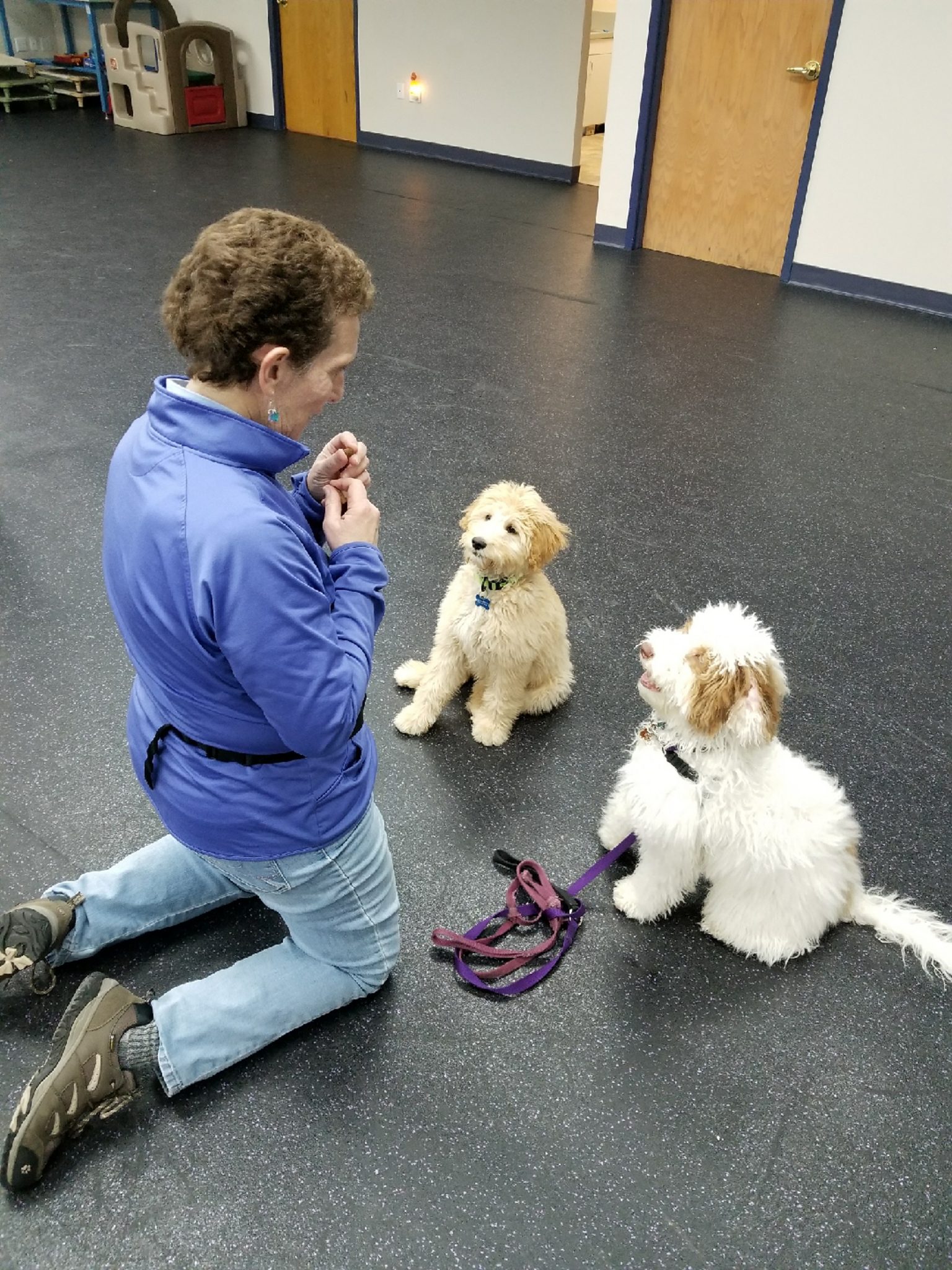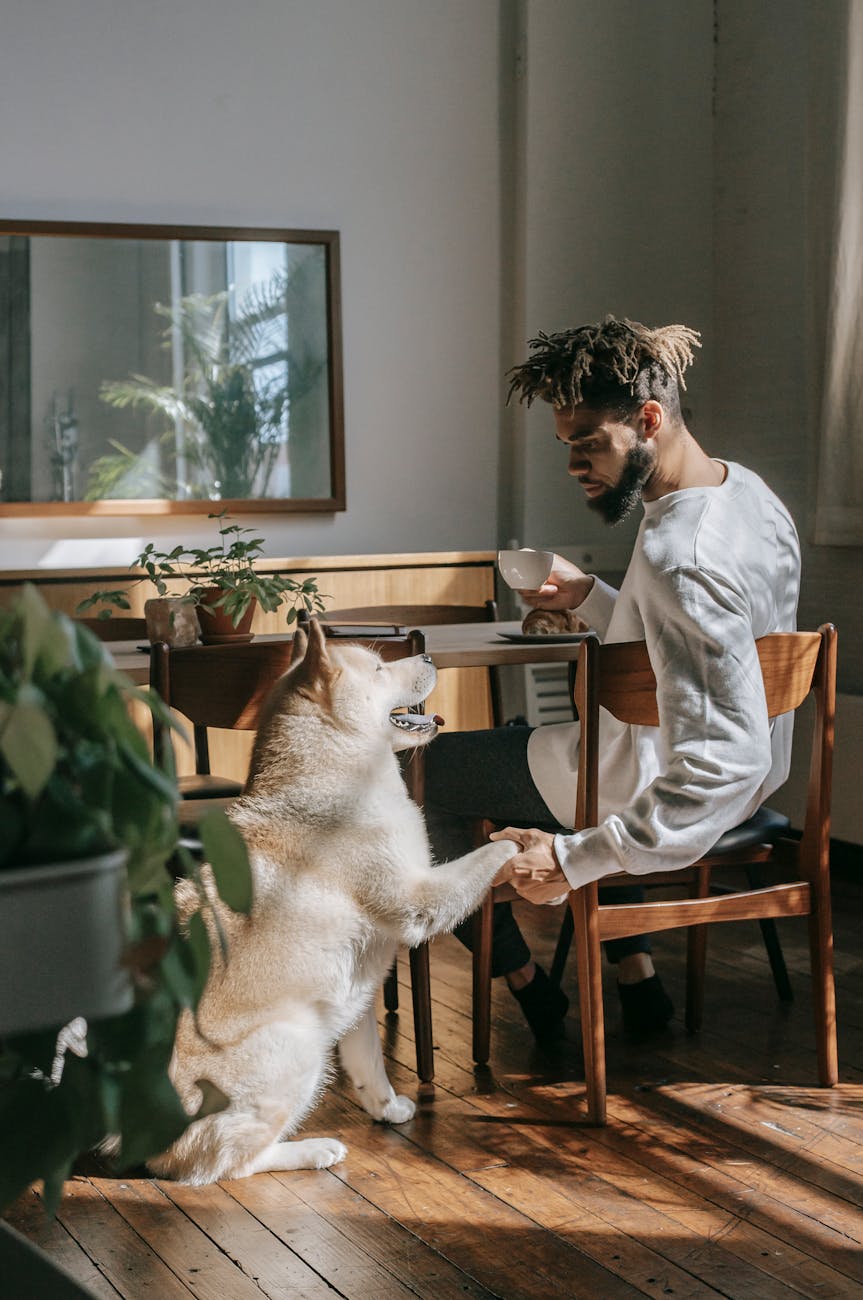Last Updated on July 12, 2024 by Dogs Vets
Unleash pro pet training tips and techniques to tackle all types of pet behavior. Train like a pro!
Effective Pet Training Methods
Hey there, fellow pet lover! Training your pet can be a game-changer for both you and your furry buddy. With the right approach, you can teach your pet to behave like a champ while steering them away from those pesky habits.
Let’s dive into two super effective methods: positive reinforcement and keeping things consistent.
Positive Reinforcement Training
Positive reinforcement is like the magic wand of pet training. It’s all about rewarding your pet for doing something right, making them want to do it again. Think of it as giving your pet a high-five with a treat or a toy.
The trick is to reward them right away—like, within seconds—so they know exactly what they did to earn that reward.
You can use positive reinforcement to teach commands and encourage good behavior. Just be careful not to accidentally reward the wrong actions. Sometimes, you might need to break down the behavior into smaller steps to get the result you want (Humane Society).
Why is positive reinforcement better than other methods? Well, using punishment or negative reinforcement can make your pet scared or anxious, and nobody wants that.
You can use all sorts of rewards—treats, toys, or even just a good belly rub. These rewards help your pet connect the dots between the command and the action (Quora).
For more tips, check out our positive reinforcement training guide.
Consistency in Cues and Rewards
Consistency is your best friend when it comes to pet training. Using the same commands and rewards every time your pet does something right helps them understand what you want.
For example, if you’re teaching your dog to sit, always use the word “sit” and give them a treat right after they do it. This way, your dog learns that “sit” means plopping their butt down and getting a treat.
The more consistent you are, the faster your pet will catch on. It’s like learning a new language—repetition is key. For more training tips, check out our general pet training guide.
So, there you have it! With positive reinforcement and a bit of consistency, you’ll have a well-behaved pet in no time. Happy training!

Training Tips for Your Furry Friends
Every pet has its quirks, especially when it comes to training. This is super true for older and senior dogs, who might need a bit more TLC due to their age and physical limits.
Training Older Dogs
Yes, you can teach an old dog new tricks! Training can keep their minds sharp and spirits high. But, you gotta match the training to their physical abilities.
According to McCann Dogs, older dogs thrive in low-key, low-impact classes like rally, obedience, scent work, or tracking. Agility can work too, but keep jumps and impacts gentle.
Watch their energy levels. Older dogs might still be game for learning and playing, but they tire out faster than the young pups. Overdoing it can lead to soreness or fatigue. Keep an eye on how they respond and tweak the training time and intensity as needed.
Training Senior Dogs
Senior dogs have their own set of challenges, like declining vision or hearing. Adjust their training environment to keep things comfy and safe. Focus on fun and bonding activities that your senior dog enjoys. Avoid stress or demands that could strain your relationship.
Training should be about having a good time together. These golden years can be some of the best times you share. Patience, understanding, and a positive vibe are your best tools for successful training.
For more tips on pet training, check out our general pet training resources. You can also enroll in online pet training courses or pet obedience classes for personalized help from a professional pet trainer.
Tackling Pet Behavior Problems
Training your pet isn’t just about teaching tricks. It’s about understanding their quirks and figuring out how to handle behavioral hiccups.
Let’s chat about two biggies: dominance in dogs and aggression in pets.
Dominance in Dogs
Dominance in dogs is all about who’s the boss in their social circle. Some dogs like to take charge, and this can be influenced by their personality, age, breed, and even the situation they’re in.
But hey, dominance doesn’t always mean your dog is aggressive. Sometimes, it’s just them being a bit stubborn or pushy, a throwback to their pack animal roots.
To keep dominance in check, use positive reinforcement and stick to the rules. If things get tricky, a professional pet trainer can be a lifesaver.
Handling Pet Aggression
Aggression in pets can pop up for different reasons. Maybe it’s a dominance thing, or maybe your pet feels their space is being invaded. Growling or snapping at strangers?
That’s a sign they’re not feeling secure. Building a strong bond with your pet and making them feel safe can nip these issues in the bud.
Common causes of bad behavior? Wrong punishments and inconsistent training. So, make sure you’re using the right training methods and sticking to them.
Patience is key here. Fixing these issues takes time and understanding. For more tips, check out online pet training courses or join pet obedience classes.

Practical Tips for Successful Training
Training your pet can be a blast and a great way to bond. Whether you’ve got a dog, cat, or even a fish, some tips work across the board. Let’s dive into some practical advice for making pet training a success.
Key Commands for Dogs
According to Petmate, the top 10 commands that make life with your dog smoother are: Come, Sit, Down, Place, Stay, Heel, Kennel, Leave it, Drop it, and Watch me.
The secret sauce here is consistency and regular practice. For a deeper look at these commands, check out our basic obedience commands page.
Positive reinforcement is the name of the game. Reward your dog every time they nail a command until they get the hang of it. As they get better, you can ease up on the treats. This way, they associate good behavior with good things happening.
Starting Early and Repetition
Experts say start training in a quiet room with no distractions. Use a clicker if you need to, have treats and toys handy, and decide on your verbal cues and hand signals. Patience and consistency are your best friends here.
For puppies, start as soon as you bring them home. Basic commands like sit and stay can be taught as early as 8 weeks. For adult dogs, start training right away to build trust and make them feel at home.
Repetition is key. The more your pet practices, the better they’ll remember. Combine this with positive reinforcement, and you’ve got a winning formula for shaping your pet’s behavior.
Follow these tips, and you’ll be on your way to a well-trained pet, whether it’s a puppy, an older dog, a cat, or even a fish. Patience and consistency are crucial in dog training classes. Happy training! For more info, check out our general pet training page.

















